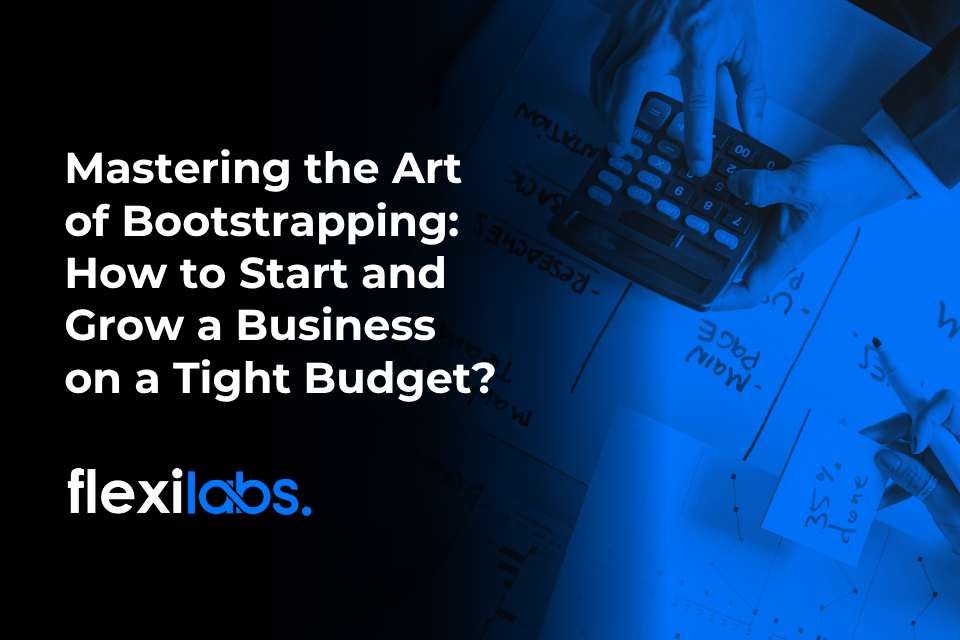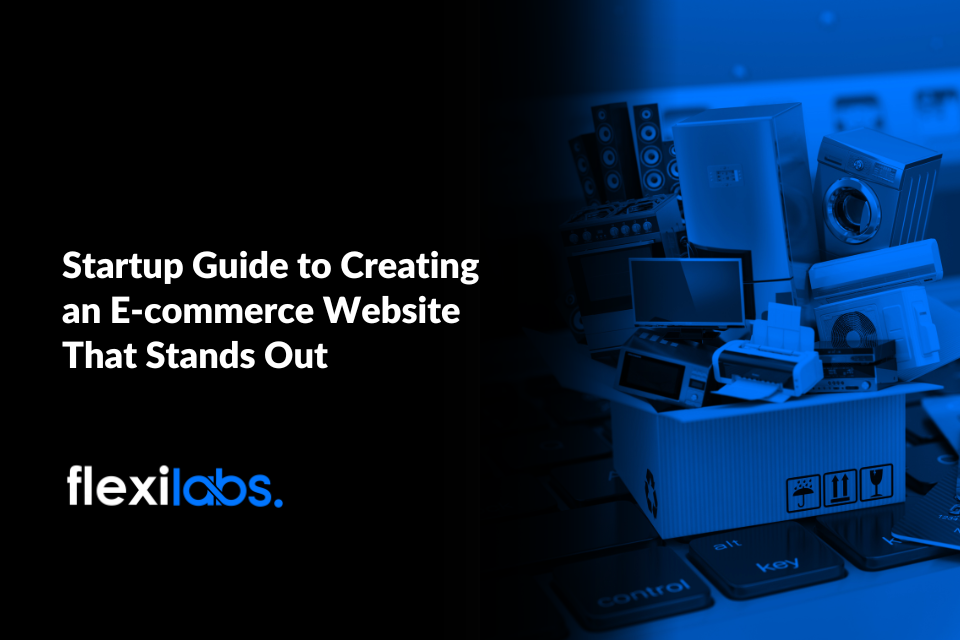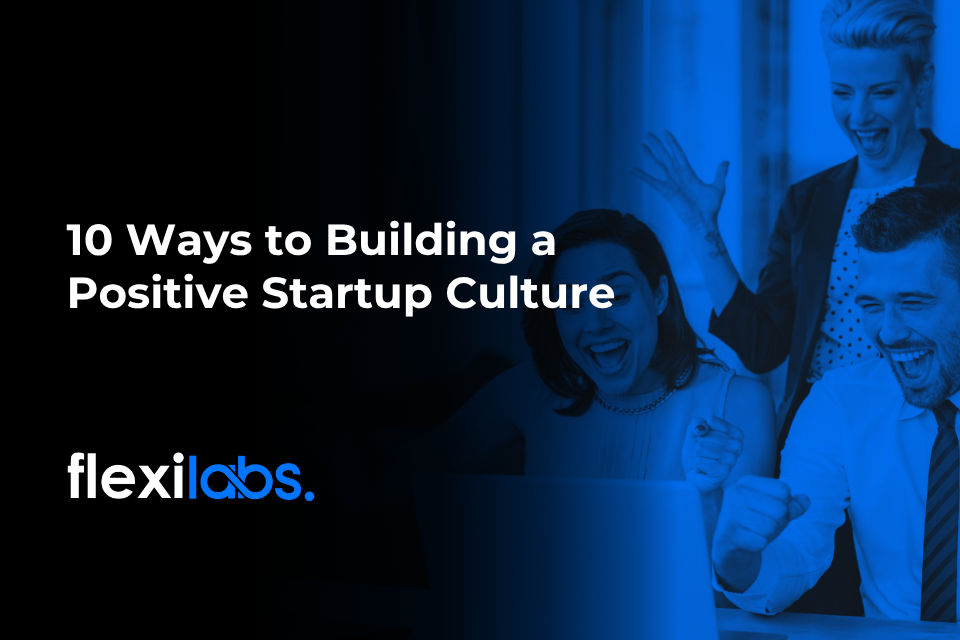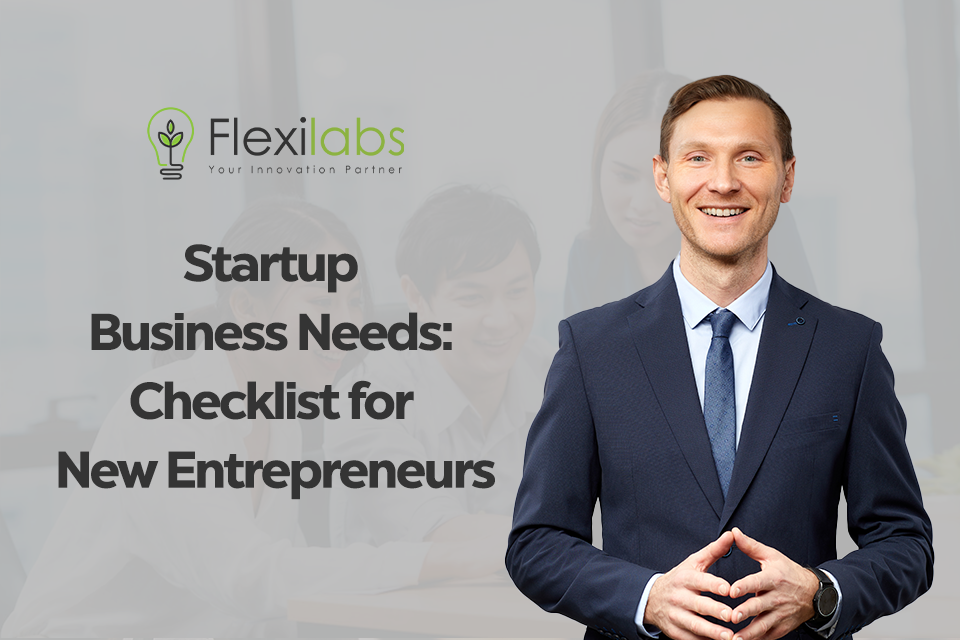Starting a business is a dream for many, but the harsh reality often involves tight budgets and limited resources. While seeking external funding is a standard route, there’s another strategy that savvy entrepreneurs adopt – bootstrapping.
In this comprehensive guide, we will delve into the world of bootstrapping, exploring what it is, how to start a company with limited resources, and highlighting the success stories of five Australian companies that mastered the art of bootstrapping.
What is bootstrapping?
Bootstrapping, in the context of business, refers to starting and growing a company without external financial assistance or minimal external funding. It’s about relying on personal savings, revenue generated by the business, and being resourceful to fuel growth. Bootstrapping requires financial discipline, strategic thinking, and a willingness to be innovative with your approach.
What are the benefits of bootstrapping?
Bootstrapping offers several benefits that can contribute to a venture’s long-term success and sustainability. Here are some critical advantages of bootstrapping:
- Autonomy and Control. Bootstrapping allows entrepreneurs to maintain complete control over their business. Without external investors, founders can make decisions aligned with their vision and values.
- Financial Independence. By relying on personal savings and revenue generated by the business, entrepreneurs can avoid debt and retain financial independence. This reduces the pressure associated with repaying loans or meeting investor expectations.
- Organic Growth. Bootstrapped businesses grow organically, scaling at a pace dictated by market demand and the business’s ability to generate revenue. This gradual growth allows for more sustainable development and better adaptation to market conditions.
- Focus on Profitability. Bootstrapped businesses often prioritise profitability from the outset. Without the pressure to achieve rapid growth for investors, founders can focus on building a sustainable and profitable business model.
- Delayed Dilution of Equity. Founders retain full company ownership when bootstrapping, delaying any equity dilution. As the business grows, the founders maintain a more significant stake in the company.
- Lean and Efficient Operations. Bootstrapped businesses tend to operate with lean teams and minimal overhead costs. This efficiency allows them to adapt quickly to changes in the market and allocate resources more effectively.
- Risk Mitigation. Bootstrapping minimises financial risks associated with external funding. Entrepreneurs can weather economic downturns and industry fluctuations more effectively without large loans or investor expectations.
- Focus on Value Creation. Bootstrapped entrepreneurs are often driven by a passion for their product or service. With a focus on creating value for customers, they can build a strong foundation for the business without being solely driven by investor demands.
How do you start a company with limited resources?
Starting a company with limited resources requires a strategic and creative approach. Here are vital steps to kickstart your business without breaking the bank:

Be Innovative with Your Funding
Bootstrapping often requires thinking outside the box when funding your business. Instead of solely relying on traditional financing methods, explore alternative options. Consider crowdfunding, where you can pitch your business idea to a broad audience and secure funding from individuals who believe in your vision. Crowdfunding platforms like Kickstarter and Indiegogo have been instrumental in helping many start-ups kick off their journey without traditional loans.
Additionally, explore grants and competitions that align with your business niche. Many organisations offer financial support to innovative start-ups, and winning such competitions can provide the initial capital boost you need.
Use a Customer-Funded Capital Model
Adopting a customer-funded capital model is a powerful way to bootstrap your business. This involves generating revenue from customers before delivering the product or service. Pre-sales, subscription models, or tiered pricing structures can help secure funds directly from your customer base.
Not only does this provide a financial cushion, but it also validates your business idea by demonstrating a demand for your product or service.
Create a Lean Business Plan
Bootstrapping requires a lean and efficient approach to business planning. A lean business plan helps you stay focused on the core aspects of your business, avoiding unnecessary complexities that can drain both time and resources.
Likewise, instead of crafting an extensive and detailed business plan, focus on the essentials. Identify your target market, outline your unique value proposition, and detail your revenue streams.
Conduct Market Research
A thorough understanding of your market is crucial when bootstrapping. Market research is a cost-effective way to gather essential insights that can shape the success of your business.
Invest time and effort in market research to identify trends, customer preferences, and potential competitors. This knowledge will enable you to make informed decisions, allocate resources wisely, and tailor your products or services to meet the needs of your target audience.
Tap on Your Network
Networking is an asset when you’re bootstrapping your business. It can be a source of mentorship, collaboration, and even early customers who believe in your venture.
As such, leverage your professional and personal connections to seek advice, partnerships, and potential customers. Attend industry events, join online forums, and engage with like-minded individuals who can provide guidance or introduce you to valuable opportunities.
Stay Flexible
Flexibility is a crucial characteristic of successful bootstrapped businesses. Stay open to pivoting your business model based on market feedback and changing circumstances. Being agile allows you to adapt to challenges quickly and make informed decisions that align with the evolving needs of your customers.
Embrace change as a part of the entrepreneurial journey and be willing to iterate on your ideas to achieve sustainable growth.
Five (5) Companies in AU that Succeeded Through Bootstrap
Now that we’ve explored the strategies for bootstrapping, let’s draw inspiration from three (3) Australian bootstrap companies that not only started with limited resources but also achieved remarkable success through their innovative approaches:
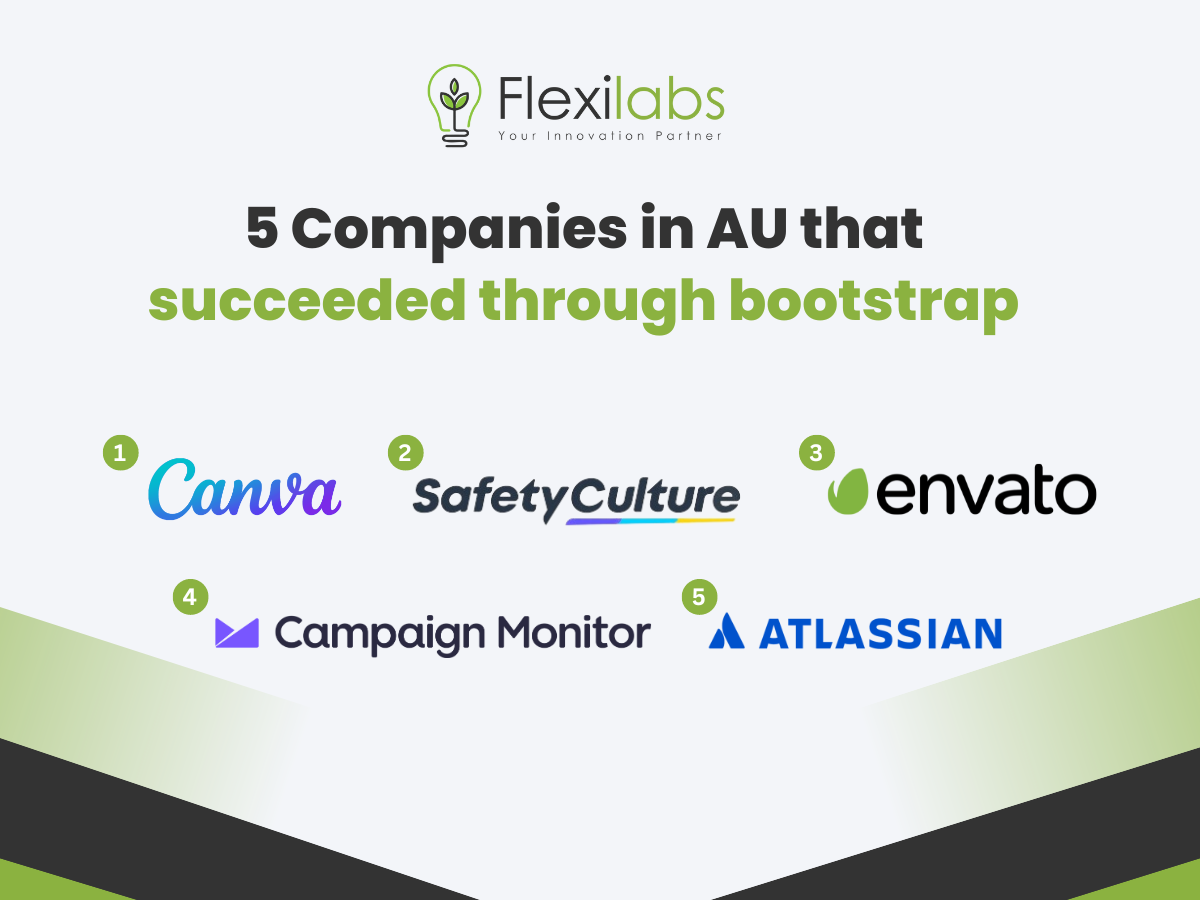
Canva
Founded by Melanie Perkins, Cliff Obrecht, and Cameron Adams in 2012, Canva is an online graphic design platform that has grown into a unicorn start-up. Canva began in a shared apartment in Sydney and initially relied on personal savings and revenue from a predecessor business called “Fusion Books.” The founders reinvested profits wisely, focusing on user experience and expanding their user base. Today, Canva is a household name in the design industry.
SafetyCulture
SafetyCulture, founded by Luke Anear in 2004, is a technology company that provides safety inspection checklists and software. Anear started the company with a vision to improve workplace safety, and the initial product was developed to address the safety challenges in the construction industry. SafetyCulture bootstrapped its way to success by continually iterating its product based on customer feedback and expanding its reach to different industries globally.
Envato
Envato, an online marketplace for digital assets and creative resources, was started by Collis and Cyan Ta’eed in 2006. The husband-and-wife team bootstrapped the business using their savings and reinvesting profits. Envato’s success lies in its ability to cater to the growing demand for digital assets. It offers a platform for designers, developers, and creatives to buy and sell digital products.
Campaign Monitor
Campaign Monitor, an email marketing platform, was founded in Sydney in 2004 by Dave Greiner and Ben Richardson. The founders started the business with their funds and grew it by providing a user-friendly and effective solution for businesses to manage their email marketing campaigns. Campaign Monitor’s success is a testament to the founders’ focus on delivering value to their customers and building a sustainable business model.
Atlassian
Atlassian, a global software company, was founded in Sydney in 2002 by Mike Cannon-Brookes and Scott Farquhar. The duo started the company with a $10,000 credit card debt and no external funding. They initially developed their flagship product, JIRA, to solve a problem they faced. Atlassian’s success story showcases the power of addressing a real need, leveraging existing skills, and gradually expanding its product suite based on customer demand.
Conclusions
In conclusion, the art of bootstrapping unveils a pathway for aspiring entrepreneurs to initiate and nurture their businesses, even when faced with financial constraints. Not only does it provide autonomy and control, but it fosters a culture of innovation and resourcefulness.
If you find yourself inspired to build your company with limited capital, we are here to help! Join the Flexilabs start-up incubator program now. Our program is designed to support and guide entrepreneurs through the challenges of bootstrapping, providing mentorship, resources, and a supportive community.
Together, we can turn your business dreams into reality, proving that limited resources should always encourage entrepreneurial success. Don’t miss out on the opportunity to thrive in the world of start-ups – take the first step and join Flexilabs today!

